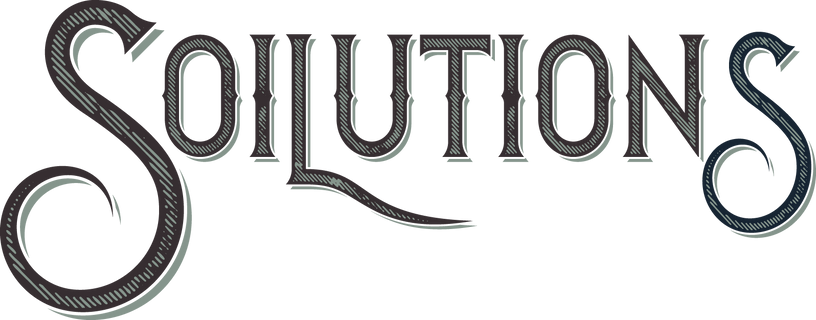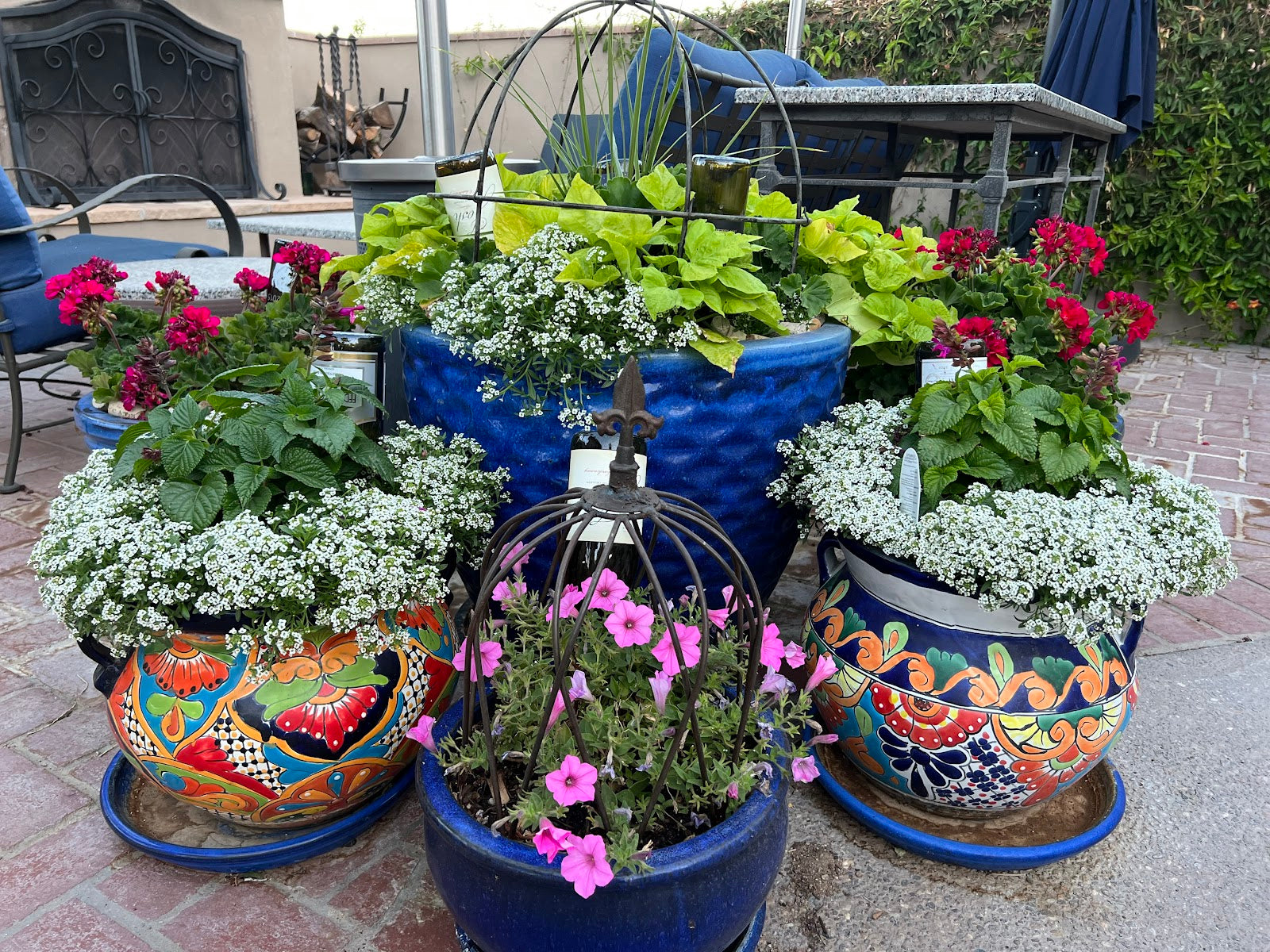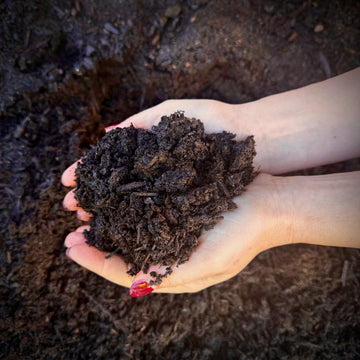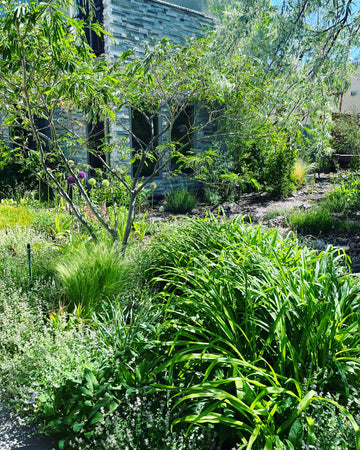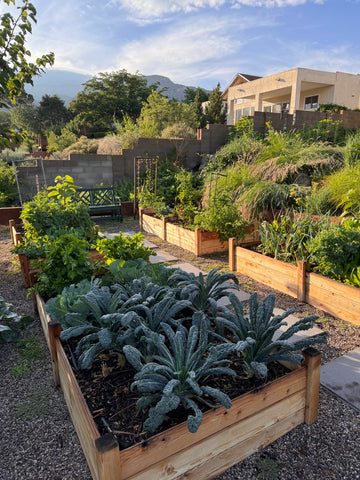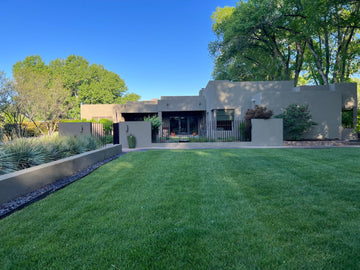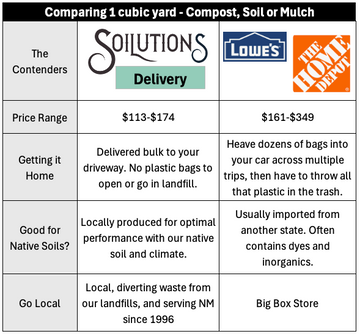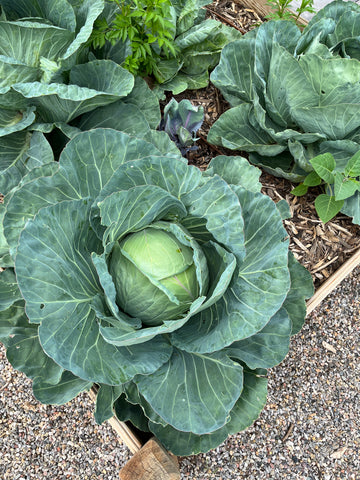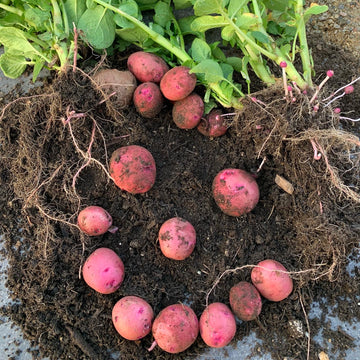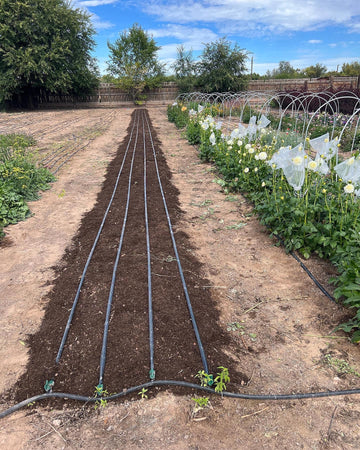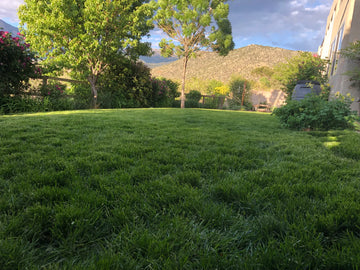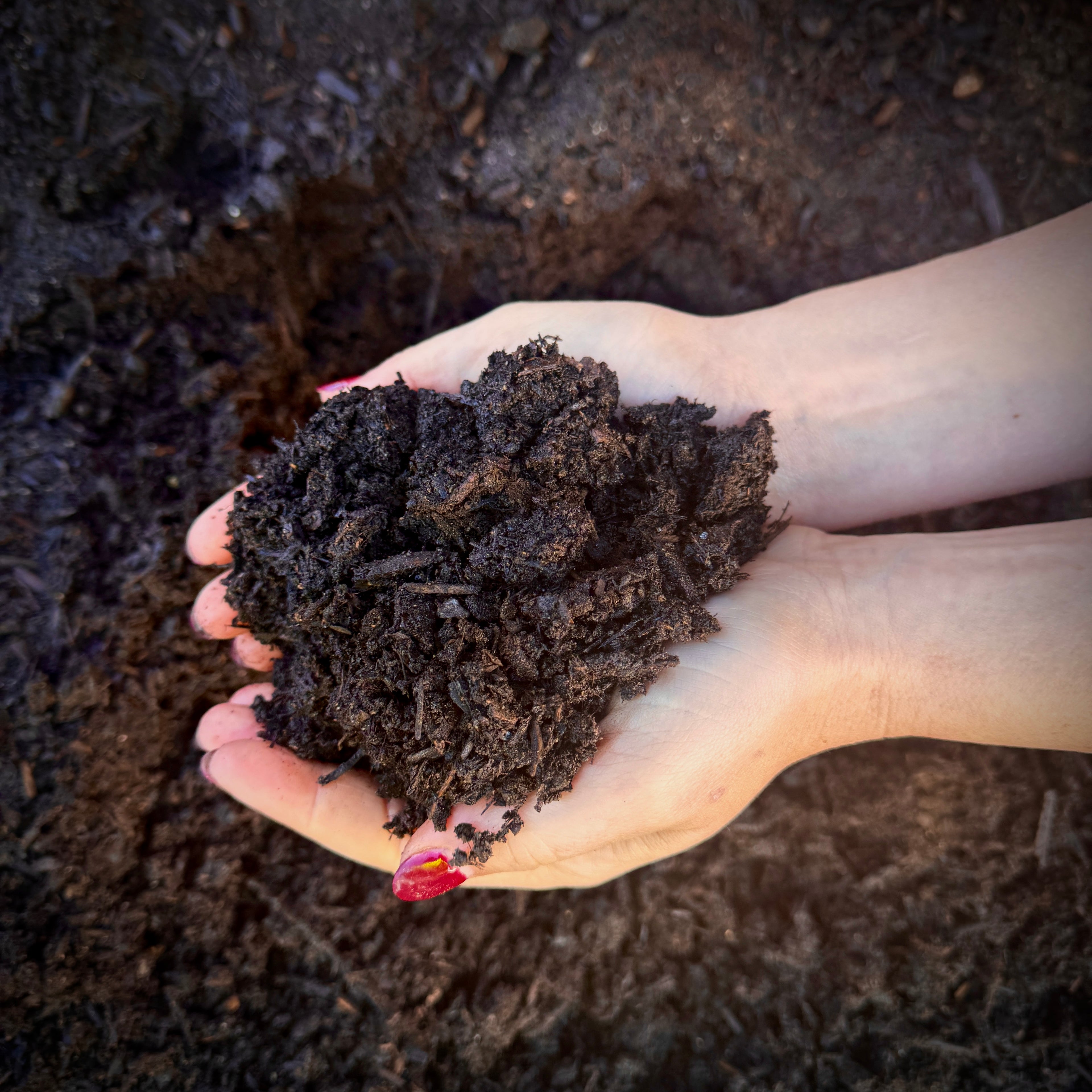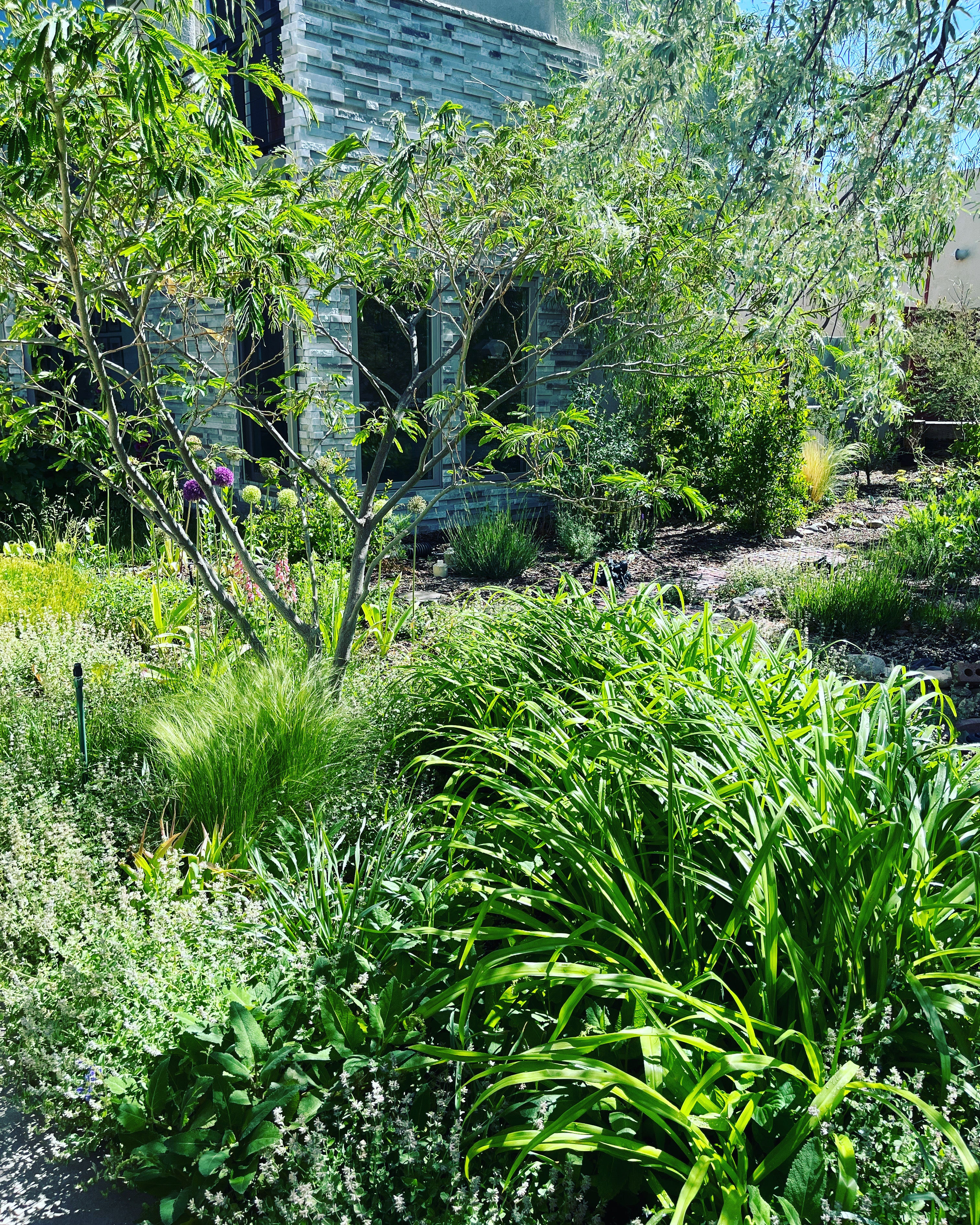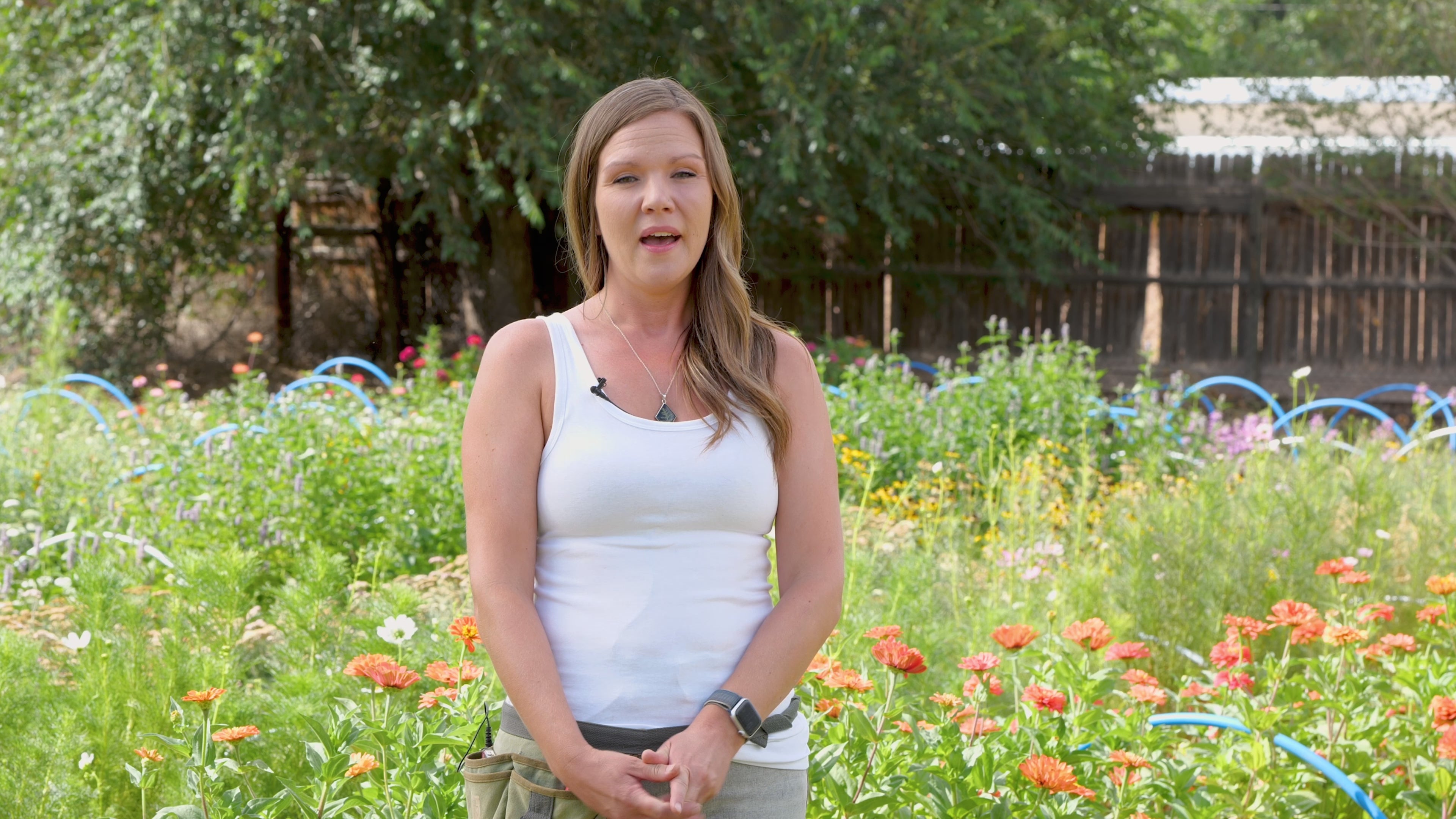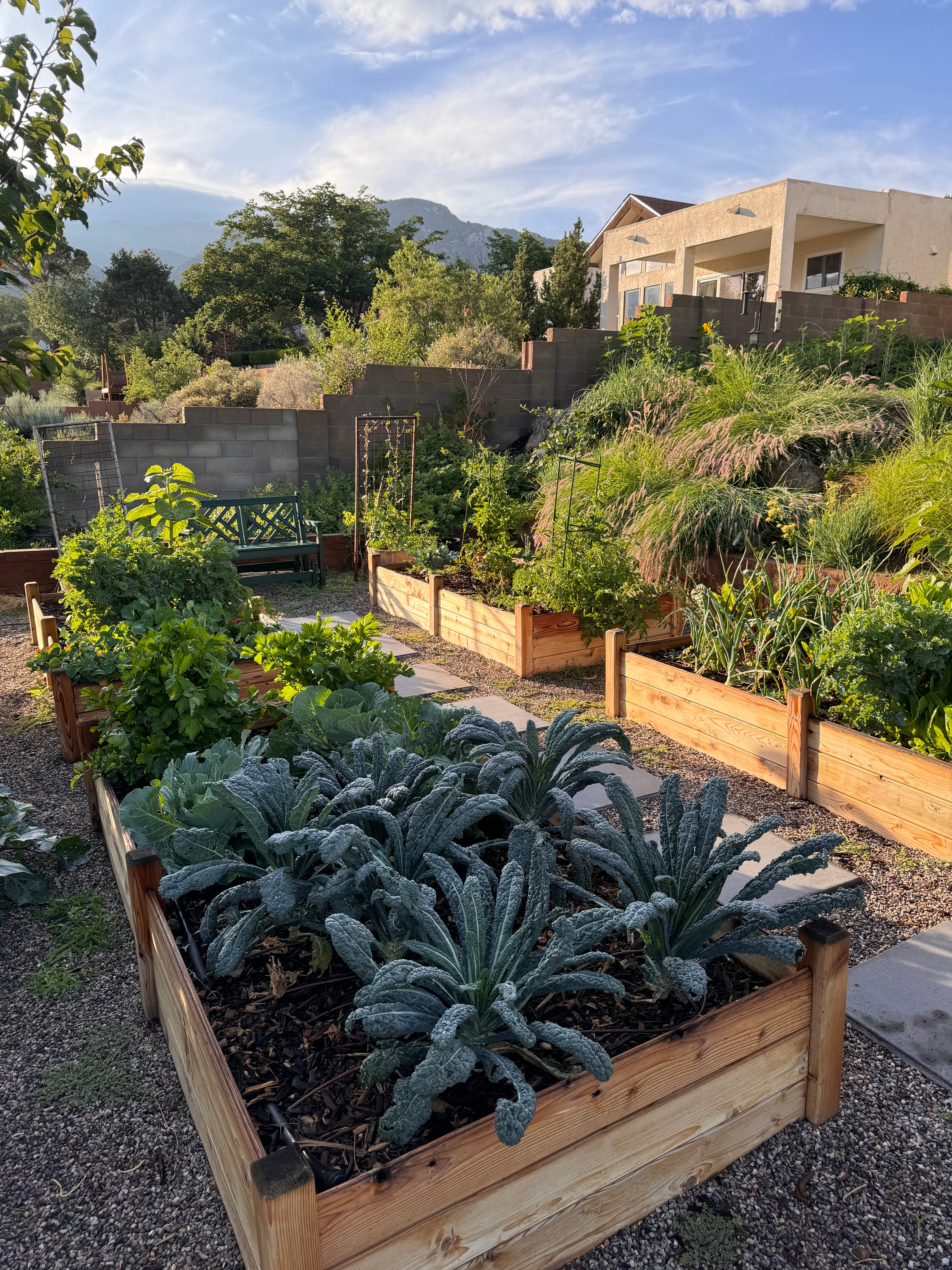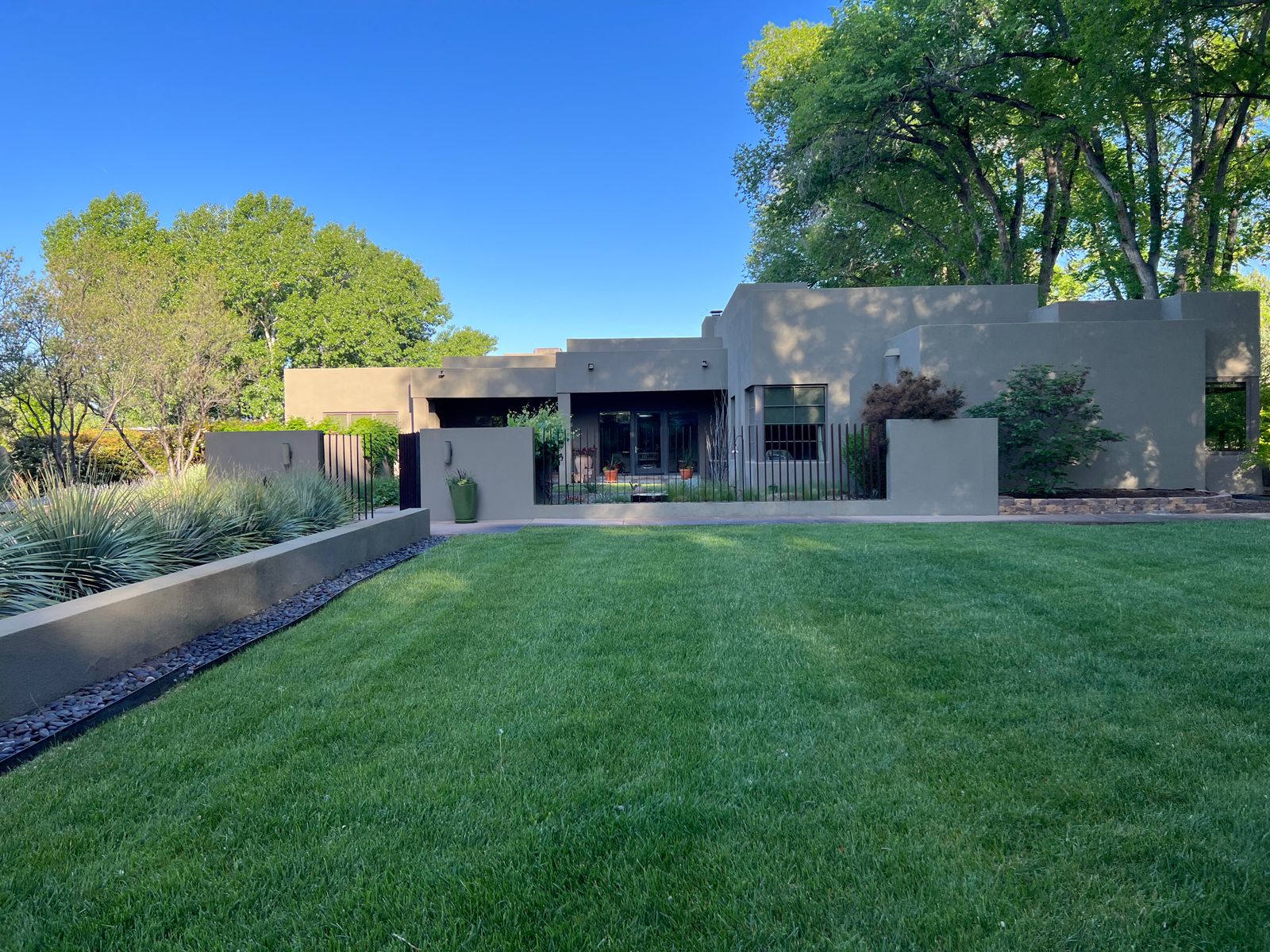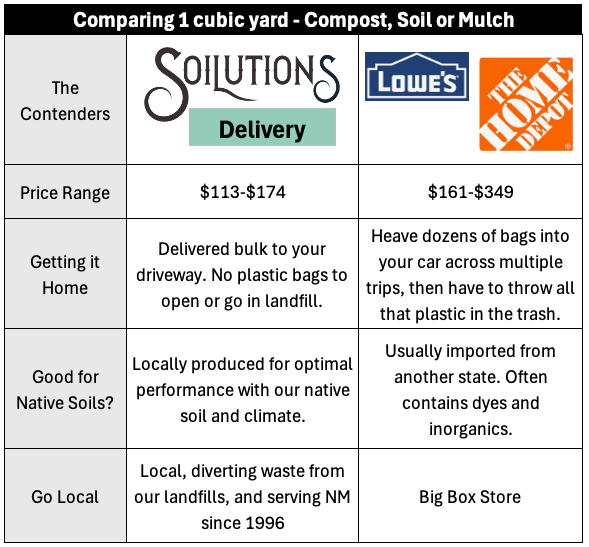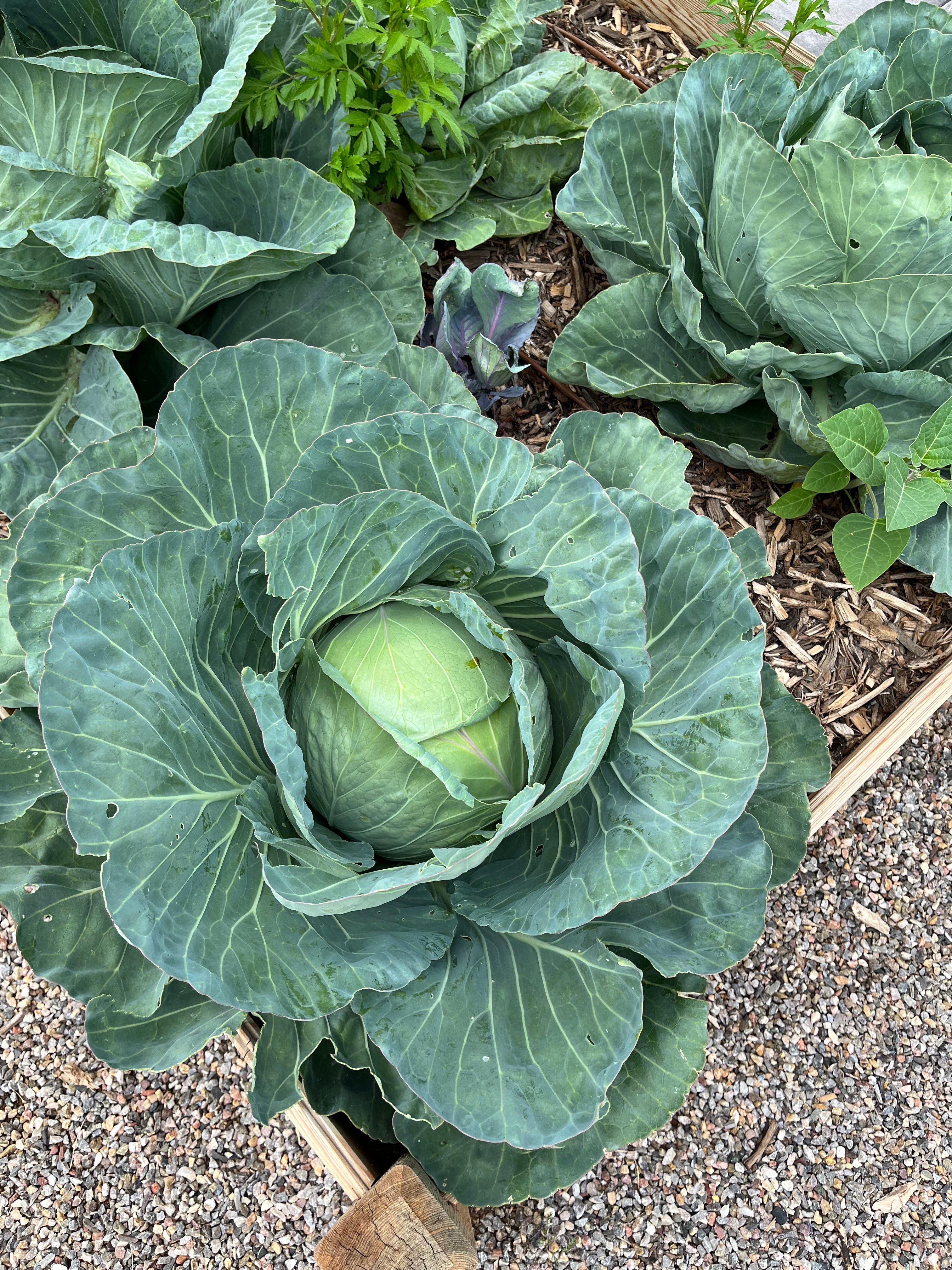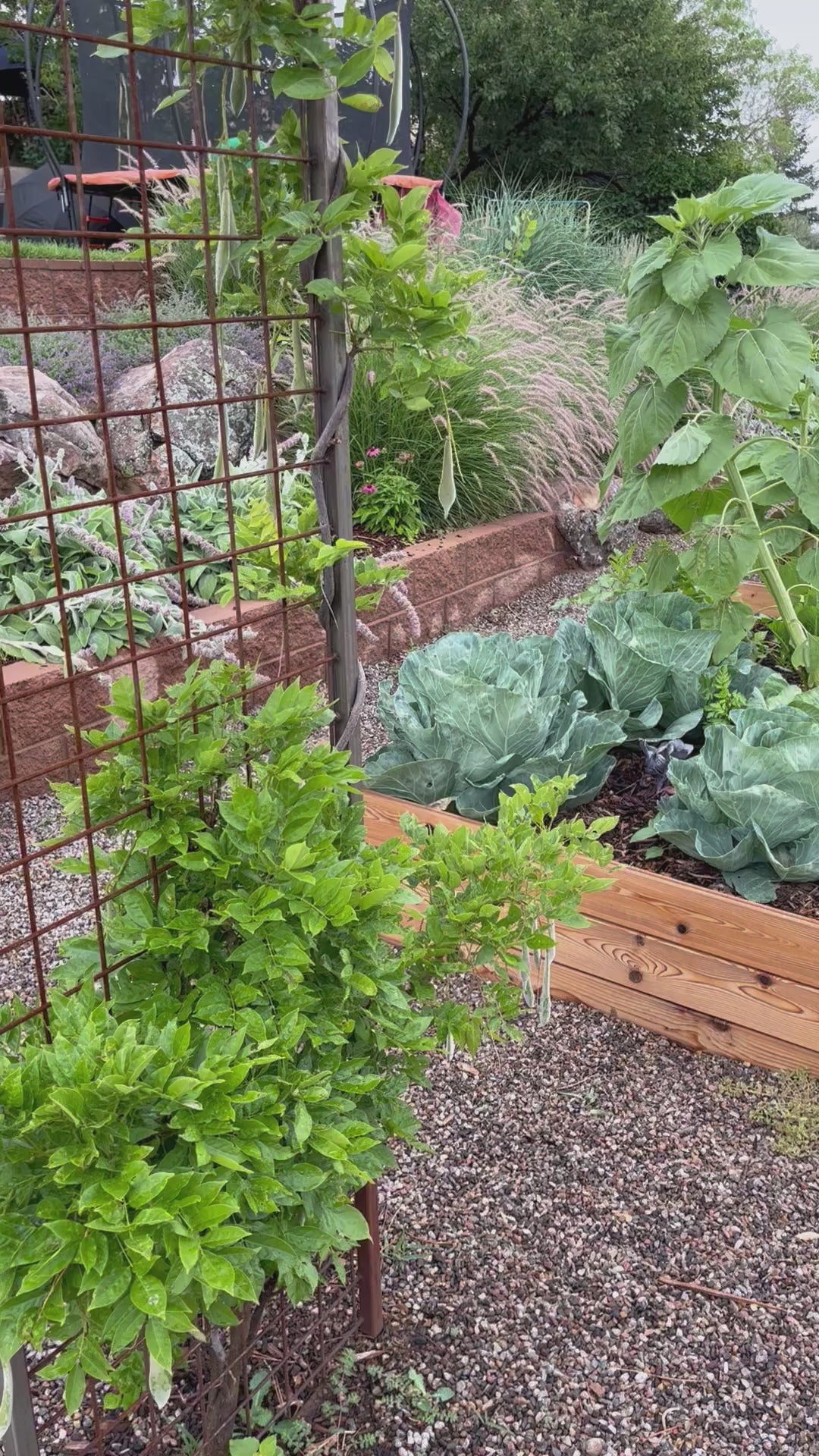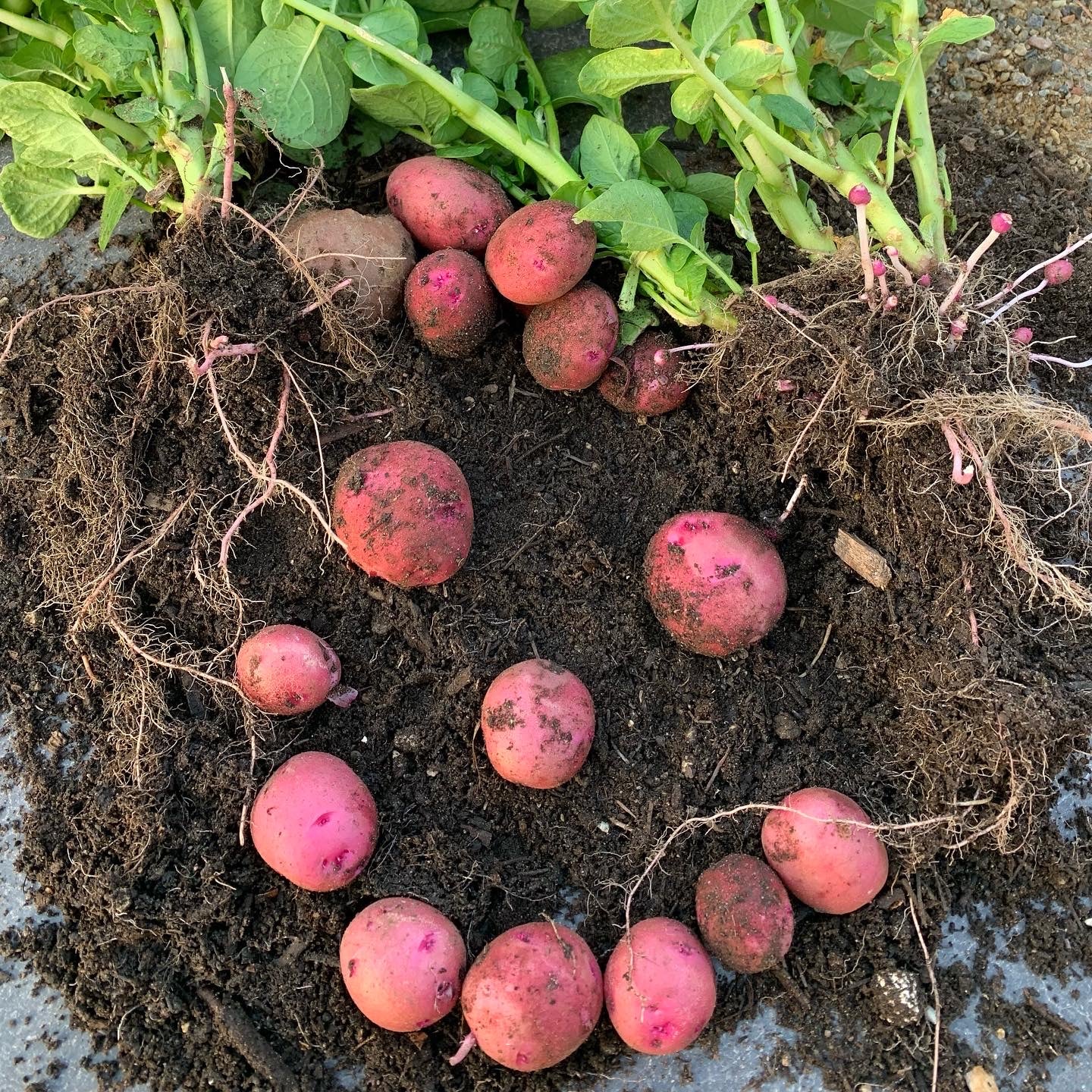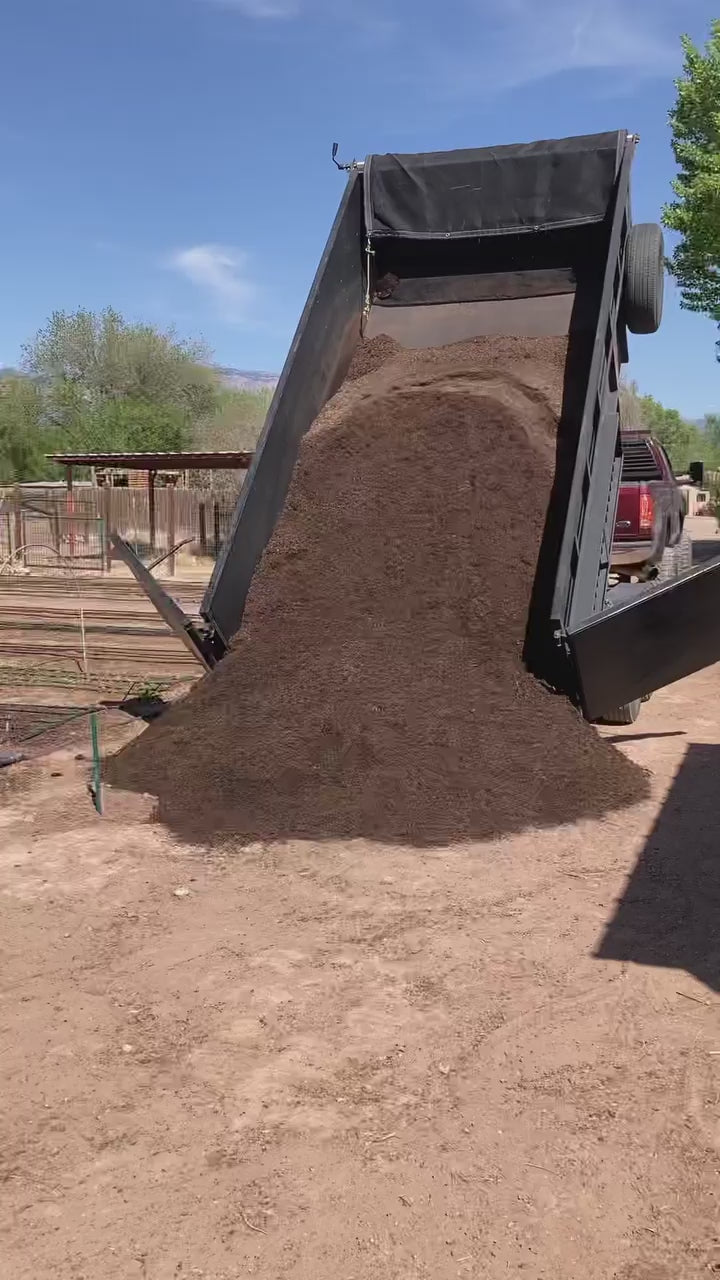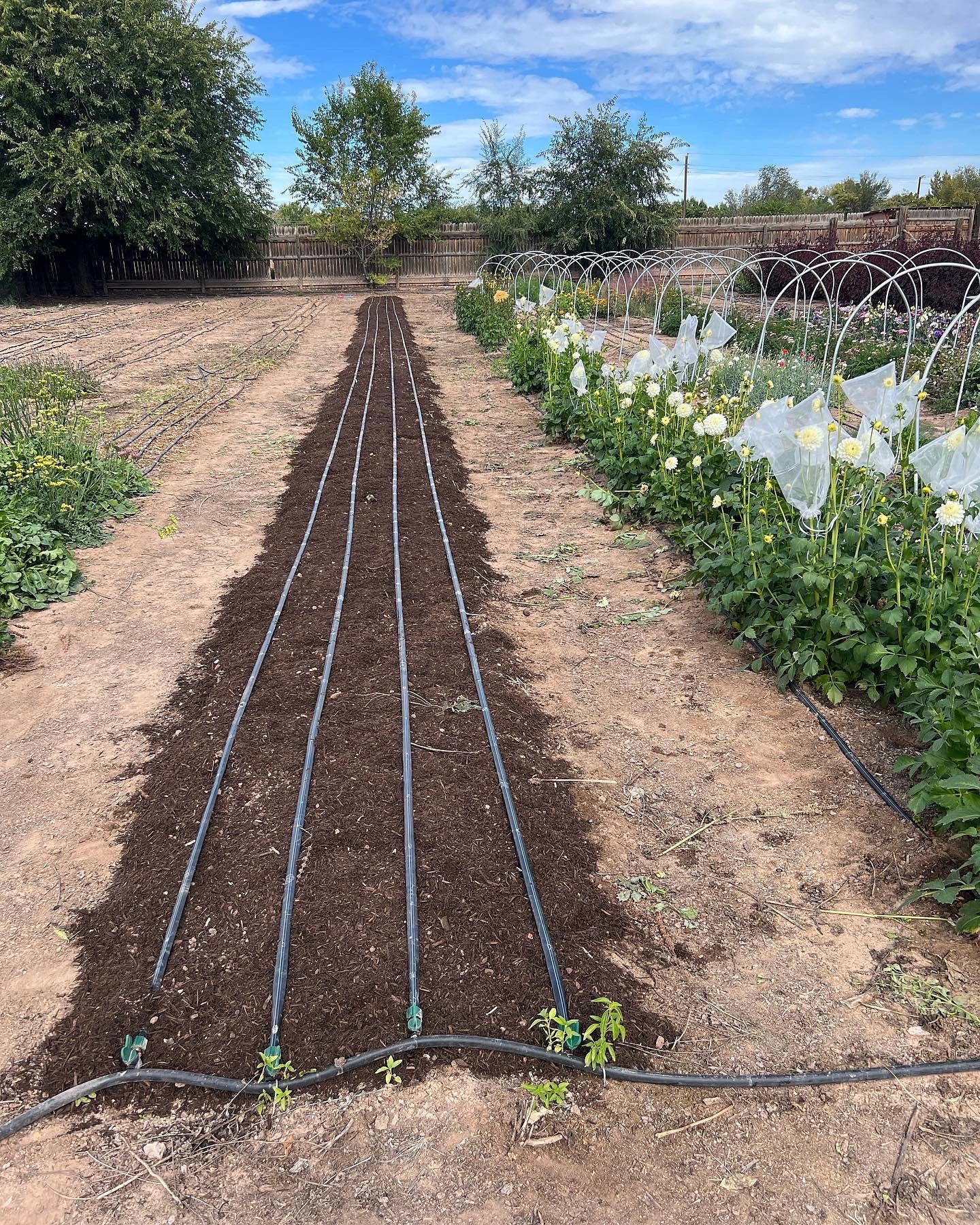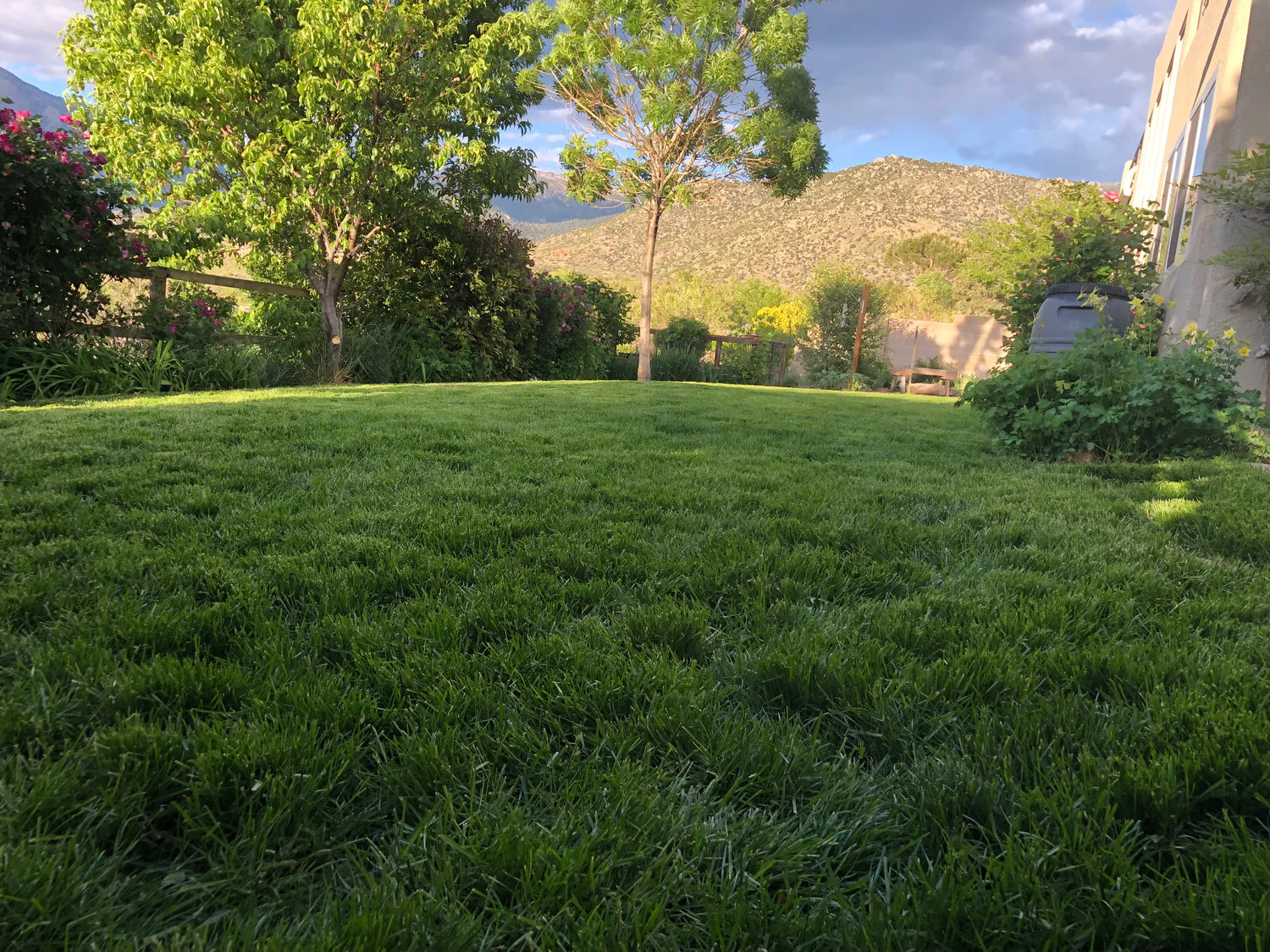By Wendy Blair, Expert Gardener, Instagram: @505garden
Planters, tubs, and hanging baskets overflowing with flowers are beautiful in any garden, but container gardening can be practical as well. Container gardening is a wonderful option for those with little or no garden space. Those limited by a tiny backyard, or apartment dwellers can produce a great variety of vegetables, herbs and flowers in containers. Here are a few tips to get the most out of your plants in containers.
Choosing the Right Container for You
There are a lot of choices when it comes to containers: hanging baskets, window boxes, large concrete planters, modern metal containers, etc. Which one is right for you depends on your personal decorating style and growing environment.
Size Matters: It is easier to grow plants in larger containers than smaller ones. This is because bigger containers hold more soil and therefore retain more moisture. The extra soil also helps insulate plant roots from large temperature swings. Small hanging baskets are prone to drying out quickly and need watering twice per day in the heat of the summer.
Drainage: Choosing a container with proper drainage is essential! Water is important for plants, however too much of a good thing can be detrimental. Without proper drainage, your plant can get waterlogged and the roots will rot. Think of it this way: humans need water to live, but we will suffocate if we are submerged in it for too long. The same is true for plant roots as they also need oxygen to live. If your planter doesn’t have proper drainage, you can always drill holes in the bottom to facilitate water drainage. The holes don’t have to be large, there just needs to be enough so excess water can easily drain out.
Frost Free: Our high desert temperatures range anywhere from 100 degrees in the summer to below freezing in the winter. It’s important to choose a container that can handle our wide range of temperatures, especially if you are planting a small tree, shrub or perennial (or any plant you want to overwinter outdoors). Fiberglass, wood, concrete, resin and metal handle our winters in Albuquerque well. However, metal containers can become very hot in the summer so position those in a shady spot if you prefer the look of a metal container. Keep in mind that containers like terracotta and talavera are not frost free and can break and or crack in the winter.
Self-watering: These pots have inserts which have a reservoir at the bottom which stores water and delivers it at the base of the pot so moisture can be wicked up from the soil to plant roots. These types of pots enable your plants to go longer between waterings. However, the reservoir needs to be filled weekly (or more frequently) depending upon the size of the pot/reservoir, the types of plants and the weather.
The Soil You Use Matters!
As previously referenced, plants in containers need proper drainage. This can’t be done in a planter using native soil. Our native soil in the high desert is either 1) heavy clay which will negatively impact your drainage, or 2) very sandy which is extremely heavy for a container and doesn’t contain any nutrients.
A “soilless” potting mix is recommended for container gardening as it is composed of various ingredients that provide a healthy environment for plants to grow. Potting mix is designed to be light and airy with ingredients that keep soil from becoming compacted. We recommend using Soilutions Potting Mix. Our light and fluffy mix contains a rich blend of coco coir, worm castings, Soilutions Compost and New Mexico pumice for proper drainage and nutrients for all your potted plants.
Filling large containers with soil can get heavy and expensive. Resist the urge to put rocks or native soil on the bottom of the container as those can make your container very heavy and native soil can greatly reduce drainage. Instead, consider filling the bottom half of your container with organic materials such as pine cones, straw, wood chips or mulch. These items are less expensive and lighter than soil. However, you want to make sure you have at least 16” of soil at the top in order for your plants to root in.
Choosing the Right Plants
There are a few things to consider before mixing a group of plants together in your container if you want your plants to look their best and thrive.
The plants you choose to put in your pot should have similar sunlight and watering requirements. Putting a succulent in the same pot with a potato vine might look nice, however they have much different watering needs. One of those plants would eventually die due to over/under watering. Refer to plant tag recommendations when mixing different varieties of plants together in your container.
Annual plants like petunias, allysum and even vegetables and herbs look great in pots for 6-8 months out of the year in our high desert gardens. You can plant annuals in pots after the danger of frost has passed in the spring and they will look beautiful until the first frost. You can also bring your potted plants inside for the winter to continue growing your annuals as houseplants. This is a great choice for smaller, more portable planters.
Perennial plants, hardy evergreens and even small trees can be planted in larger containers and be left outside year round. These types of plants are a great choice for larger containers as you won’t need to fill these planters with new plants every season. Evergreens and small trees can grow very happily in a large container for quite a few years. However, you will want to eventually transplant your container grown plant into the ground after a few years as the roots of your plant can outgrow even a large container.
It’s also important to choose a perennial plant that is winter hardy 2 zones below the gardening zone where you live. For example, if you live in a zone 7, choose a plant which is hardy down to zone 5. Plants in pots are less insulated from the cold than plants in the ground and the roots can freeze more easily in a container. You can check your gardening zone by entering your zip code here https://planthardiness.ars.usda.gov/
Watering your Containers
Just like inground plants, your container plants need proper watering. Container plants actually need to be watered more often than inground plants as the containers are designed to not hold excess water.
The best option for watering, if it is available, is an automated drip irrigation system. Individual dripper hoses can be fed through a drainage hole in the bottom of your container before soil and plants are added to the container.
If that is not an option, a self watering insert can be put in your container before it is filled. The best selection of self watering inserts can be found on-line.
A third option is an olla. An olla is a clay vessel which is buried in the ground and filled with water. The water slowly leeches out of the clay and keeps the soil moist. The roots of your plants will grow towards and around the pot. Olla’s come in a variety of shapes and sizes. Ollas need to be filled once per week depending on size/plants and weather. Choose the correct size Olla for your container.
(Left - Olla: the photo on the right is an olla buried in a planter for watering)
The variety of containers and plants to choose from for your outdoor containers are endless. Container gardening is a really great way to be creative in your garden. Hopefully our tips will help you be successful with your container plants this year!
Happy planting! 🪴
